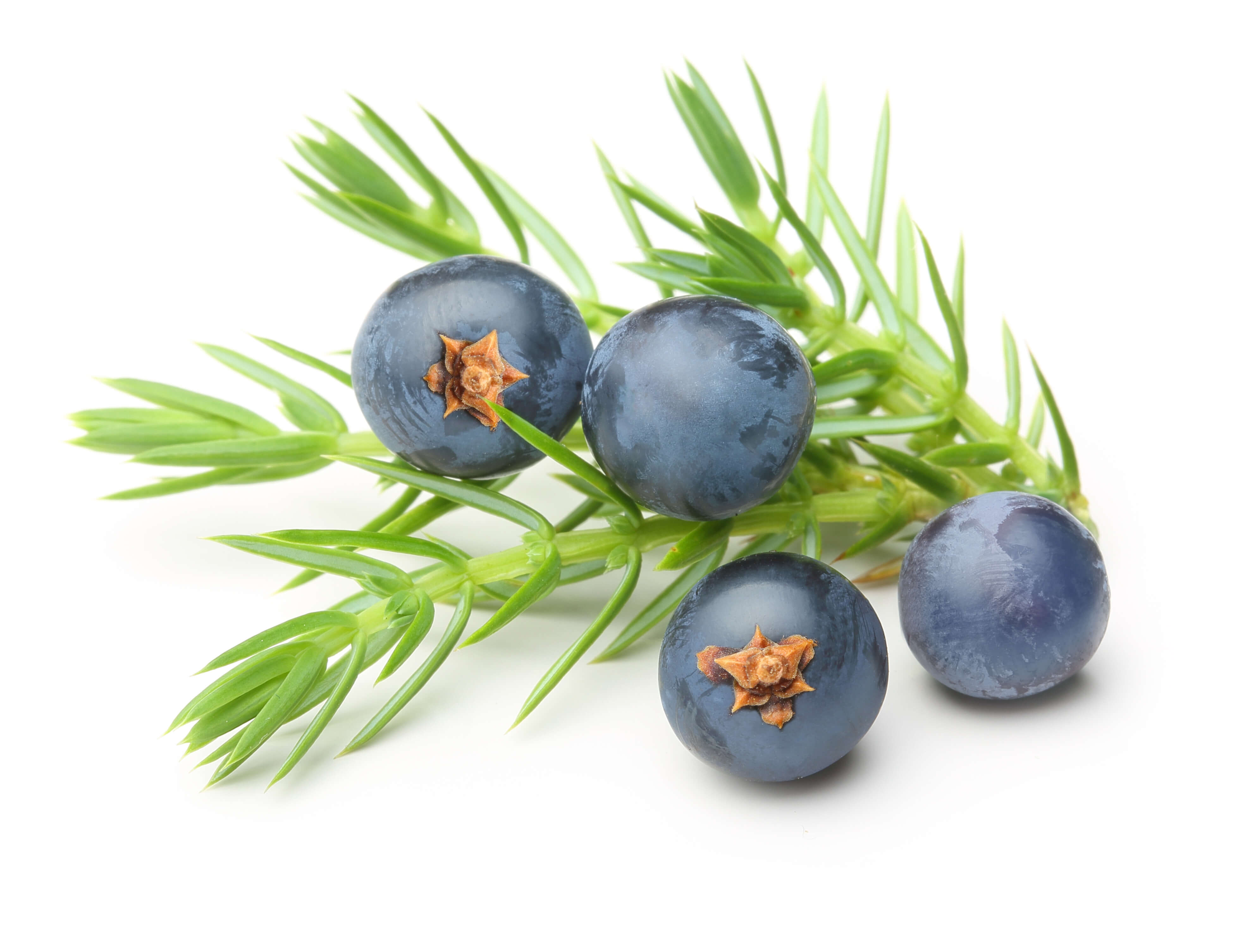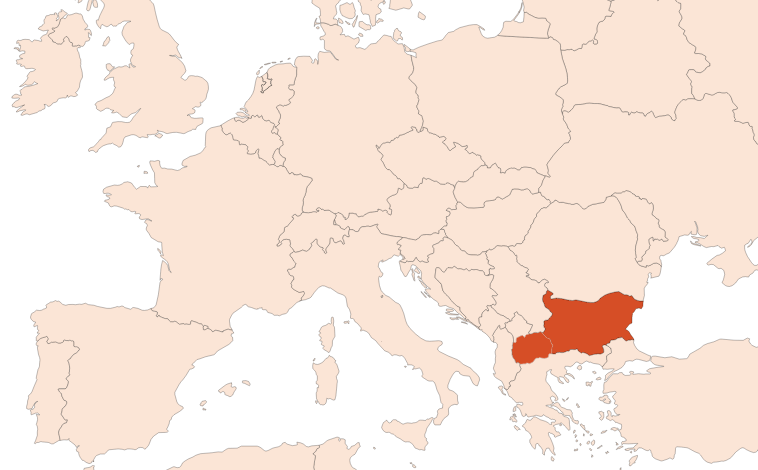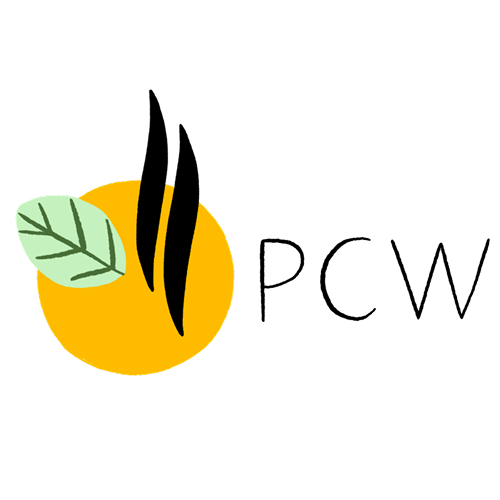
| Company | Ingredient Name | ID | Comments | Naturality | Certifications | MOQ | Latin name | Treated part | Geographical origin |
|---|---|---|---|---|---|---|---|---|---|
|
|
Huile essentielle de Baies de Genièvre - 30 gr | - |
Visit website
|
- | - | - | - | - | |
|
|
JUNIPER BERRY EO | 4410000044 |
Visit website
|
Naturel | - | - | - | - | |
|
|
BAIES DE GENIEVRE | F7391 |
Visit website
|
Huile essentielle |


|
- | Juniperus communis L. | Baie | Bulgarie, Macédoine |
|
|
BAIES DE GENIEVRE | E7383 |
Visit website
|
Huile essentielle |

|
- | Juniperus communis L. | Aiguille, Baie | Europe de l’est |
|
|
BAIES DE GENIEVRE | B433 |
Visit website
|
Huile essentielle |

|
- | Juniperus communis L. | Baie | Bulgarie |
|
|
BAIES DE GENIEVRE | N7380 |
Visit website
|
Huile essentielle |

|
- | Juniperus communis L. | Baie | Macédoine |
|
|
BAIES DE GENIEVRE | B432 |
Visit website
|
Huile essentielle |

|
- | Juniperus communis L. | Baie | Bosnie-Herzégovine |
|
|
JUNIPER BERRY EO P&N | - |
Visit website
|
- | 10 grs | - | - | - |
General Presentation
-
CAS N° :
8002-68-4 -
EINECS number :
84603-69-0 -
FEMA number :
2604
-
Volatility :
Head -
Price Range :
€€€
Physico-chemical properties
-
Appearance :
Colorless liquid -
Density :
0,85 - 0,88 -
Refractive Index @20°C :
1.470 - 1.483 @20°C -
Optical rotation :
0° // -16° -
Vapor pressure :
1.897 mmHg @20°C -
Flash Point :
39°C (102.2°F) -
Acid Value :
£ 2
Botanical informations
Botanical name :
Juniperus communis L.
Synonyms : Juniperus caucasica Fisch. ex Godr. // Juniperus nana f. canadensisaurea Beissn.
Botanical profile :
Juniper belongs to the Cupressaceae family and to the Juniperus L. genus.
Chemotypes :
There are currently, around 600 known species of conifers, including the Juniperus L. genus.
Several species from this genus are used in perfumery, the most common being:
- Juniperus communis L.: Juniper berry oil - Juniper leaves oil
- Juniperus virginiana L.: Cedarwood Virginia oil
- Juniperus mexicana Schiede.: Cedarwood Texas oil
- Juniperus oxycedrus L.: Cade oil
Other notable species include Alpine Juniper (Juniperus alpina L.), native to the Alps and Corsica and cultivated for its branches, Himalayan Juniper (Juniperus indica L.), and Spanish Juniper (Juniperus thurifera L.).
Extractions & Uses
Extraction process :
The essential oil of the Juniperus Communis tree is in its branches and in its berries. The berries are harvested and processed from August to September during their third year, when the fruits change from a green to a blue-black colour. The fruits are collected by hand : branches are beated to make the fruits fall and afterwards, the berries are sorted. At the factory, the berries are dried on mats before they are extracted by steam distillation. The essential oil is collected by decantation in a florentine vase.
The extraction yield is between 0.8 and 1.6%. The volatile solvent extraction gives a resinoid with an amber and balsamic smell.
Uses in perfumery :
Used for spicy notes, for a cold spicy side and for its characteristic note. Also used in men's fragrances, coniferous notes, eaux fraîches, amber and incense notes.
Stability :
The esters identified in this raw material can form their corresponding acid in stability tests
The terpenes identified in this raw material can polymerize when they are oxidized
Major Components :
- Alpha-pinene (25 - 45%)
- Sabinene (4 - 20%)
- Myrcene (3 - 22%)
- D-Limonene (2 - 8%)
- Beta-caryophyllene (1,5 - 5%)
- Beta-pinene (1 - 12%)
- Terpinen-4-ol (1 - 6%)
- D-germacrene (1 - 5%)
- Alpha-humulene (1 - 4%)
- Gamma-cadinene (1 - 3,5%)
- Bornyl acetate (< 0,6%)

Photo credits: ScenTree SAS
Other comments :
The juniper berries are part of the composition of Gin.
IFRA
IFRA 51th :
This ingredient is not restricted for the 51th amendment
















